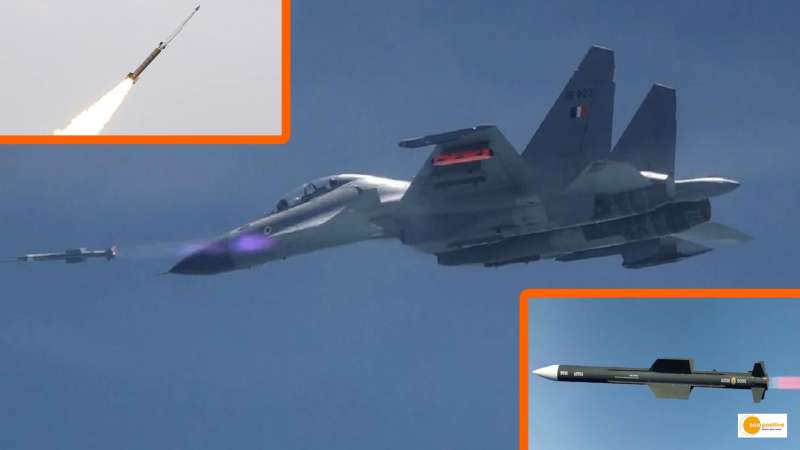

According to senior government officials speaking on the condition of anonymity, India is developing two advanced variants of the Astra beyond visual range air to air missiles, one of which will be capable of striking targets at a range of 160km when ready, and the other at nearly 300km.
The Astra Mk-2 missiles likely to be tested next year in 2023 and Mk-3 missiles are likely to be tested in 2024, which are among the Defence Research and Development Organisation’s (DRDO) key ongoing programmes.
The current Astra Mk-1 variant has a range of around 100km.
Defence ministry signed contract with BDL on May 31
The defence ministry signed a 2,971-crore contract with Bharat Dynamics Ltd (BDL) on May 31 to equip the Indian Air Force and Indian Navy with Astra Mk-1 missiles and associated equipment, seen as a boost for “Atmanirbharta,” or self-reliance, in the defence manufacturing sector. DRDO has transferred technology to BDL for the production of the Astra Mk-1 and associated systems.
Future air combat
“Future air combat will revolve around detecting and striking targets at the greatest distance possible.” It will be the result of increased radar detection ranges and the introduction of longer-range missiles.”It is critical for India to develop missiles such as the Astra Mk-2 and Mk-3 to meet the requirements of the Indian Air Force,” said Air Marshal Anil Chopra (retd), director general of the Centre for Airpower Studies.China has developed the PL-15 beyond visual range air-to-air missile, which can hit targets at around 200 kilometres, while the Meteor, which has a range of around 160 kilometres, is considered the best in its class in the Western world, and the new Astra variants will put India in the big league, he added.
Astra Mk-1 missile enhance the capabilities of other combat planes
According to officials, the Astra Mk-1 missile has been fully integrated with the Sukhoi-30 fighters and will now enhance the capabilities of other combat planes, including the Tejas light combat aircraft. In addition, the navy’s MiG-29K fighters, which fly from India’s sole aircraft carrier, INS Vikramaditya, will be outfitted with the Astra Mk-1 missile.
The ongoing Russia-Ukraine crisis has exposed India’s overwhelming dependence on imported weaponry, especially from Russia, and underlined the urgent need for speeding up the indigenisation drive to become self-reliant. Long-range missiles allow fighter jets to shoot down hostile aircraft from a significant standoff range, staying out of the adversary’s air defence envelope.
India ban import of 30 weapons and system
India has imposed a phased ban on the import of 310 different types of weapons and systems during the last two years to boost self-reliance in the defence manufacturing sector. These include lightweight tanks, naval utility helicopters, artillery guns, missiles, destroyers, ship-borne cruise missiles, light combat aircraft, light transport aircraft, long-range land-attack cruise missiles, basic trainer aircraft, multi-barrel rocket launchers, assault rifles, sniper rifles, specified types of helicopters, next-generation corvettes and airborne early warning and control (AEW&C) systems.
Projects signed by Defence services
The 310 weapons and systems that must be developed in the country were announced in three separate lists published by the defence ministry in August 2020, May 2021, and April 2020.According to data from the defence ministry, contracts for 31 projects totaling 53,839 crore have been signed by the defence services since the first and second lists were announced. Also, acceptance of necessity (AoN) for 83 projects worth ₹1,77,258 crore was accorded by April 2022, and cases worth ₹2,93,741 crore will be taken up in the next five to seven years. The domestic industry is likely to receive orders worth ₹2,10,000 crore in the next five years as a result of the third list.


